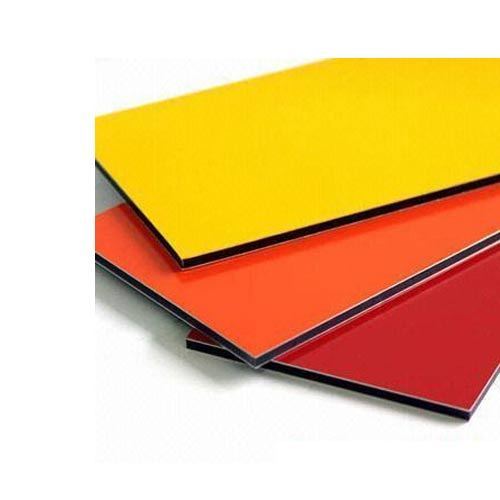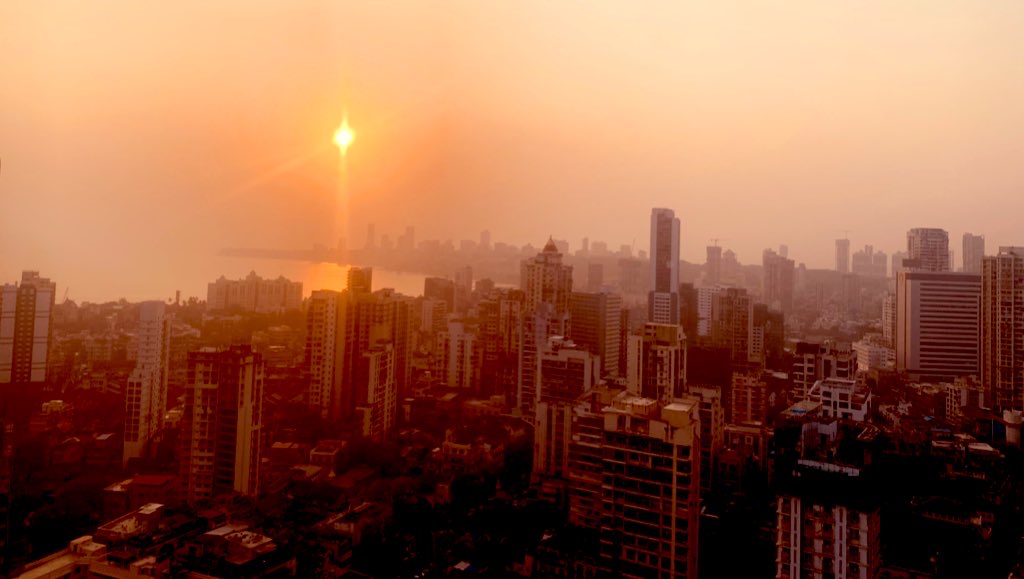By Rajesh Shah, Founder of Euro Panel Products Limited.
As the construction industry continues to evolve, Aluminium Composite Panels (ACP) have emerged as a versatile and popular building material. ACP sheets, consisting of two aluminium sheets bonded to a non-aluminium core, offer numerous applications in interior and exterior spaces. However, before embarking on an ACP sheet installation project, it is crucial to carefully consider several key factors to ensure a successful and long-lasting application.
Assess the Base Surface
The first step before installing ACP sheets is to assess the condition of the base surface. Whether it is walls or frames, the base surface must be structurally sound, clean, and properly prepared. It should be free from dust, debris, and any loose materials. By ensuring a well-prepared base surface, you provide a solid foundation for the ACP installation, ensuring long-term durability. Additionally, the base structure of the building should be primed to resist atmospheric conditions.
Accurate Measurements of Framing
To achieve a precise and professional installation, accurate measurements of the base and framing or support structure are crucial. These measurements help determine the exact dimensions for cutting and installing the ACP sheets. By ensuring a proper fit and alignment, you can avoid gaps or inconsistencies during the installation process. Taking meticulous measurements is the key to achieving a visually appealing outcome.
Select the Appropriate Sheet Quality for the Application
Choosing the right ACP sheet quality is essential for a successful installation. Consider the specific application type, such as interior or exterior use, mid-rise or high-rise construction, fire retardant (FR) or non-fire retardant (FR) requirements, the desired thickness of the ACP sheet (commonly 3mm, 4mm, or 6mm), and the type of coating suitable for the surrounding environment. Each application has unique demands, and selecting the appropriate sheet quality ensures that it meets the specific requirements of the intended use.
Determine the Installation Type
The installation type plays a crucial role in the success of an ACP sheet installation. Depending on the project’s requirements, there are different installation methods to consider. These include pasting, tray formation, and rain screen installation. Pasting involves directly adhering the ACP sheets to the frame, while tray formation creates a tray-like structure for the ACP sheets. Rainscreen installation utilizes a ventilated system. Each method has its own specific considerations and techniques. When installing ACP (Aluminum Composite Panel) panels, it’s important to consider their expansion and contraction characteristics to ensure proper installation and long-term durability. ACP panels expand and contract minimally with temperature changes and thus it’s essential to provide adequate space for this movement by creating expansion gaps between the panels and surrounding structures.
For instance, in a residential construction project, the architects opted for the tray formation installation method to achieve a visually appealing façade. This approach allowed for easy installation and provided a sleek and uniform appearance to the ACP sheets.
Weatherproof Sealant Selection
Selecting a suitable weatherproof sealant designed specifically for exterior applications is vital for the long-term integrity of the ACP sheet installation. The sealant should be fully weatherproof and waterproof to prevent bleeding onto the panels. It should possess excellent adhesion properties and be compatible with the ACP material. Proper application of the sealant is crucial to seal the joints and edges, ensuring water resistance and preventing moisture infiltration.
Safety of Workers
Prioritizing the safety of workers during ACP sheet installations is of utmost importance. Ensuring the well-being of fabricators on-site is a critical aspect of any installation project. It is highly recommended to adhere to essential safety practices, such as providing appropriate protective equipment including safety helmets, harnesses, and other necessary gear throughout the installation process. By promoting and implementing these safety measures, you create a secure working environment for fabricators.
Considering these five key aspects, builders, architects, and designers can ensure that ACP sheet applications enhance the aesthetics, durability, and safety of the building, resulting in a visually stunning and functional outcome. By opting for durable and high-quality ACP sheets, architects and builders can ensure best practices for a sustainable and secure construction environment.
Note: Views expressed in this article are solely that of the author, and do not represent that of SquareFeatIndia.com
Also Read: Mumbai’s real estate market a hotspot for foreign investors









